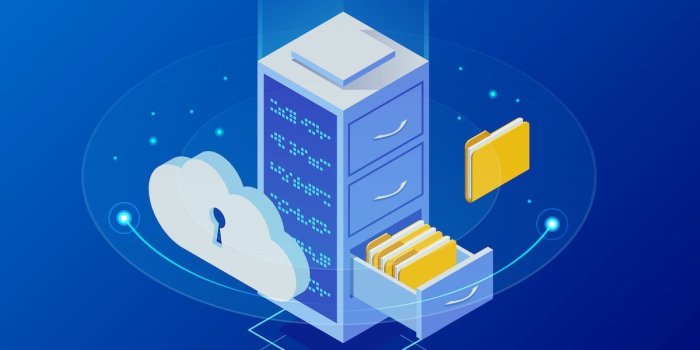Databases have always been able to do simple, clerical work like finding particular records that match some given criteria — say, all users who are between 20 and 30 years old. Lately database companies have been adding artificial intelligence routines into databases so the users can explore the power of these smarter, more sophisticated algorithms on their own data stored in the database.
The AI algorithms are also finding a home below the surface, where the AI routines help optimize internal tasks like re-indexing or query planning. These new features are often billed as adding automation because they relieve the user of housekeeping work. Developers are encouraged to let them do their work and forget about them.
There’s much more interest, though, in AI routines that are open to users. These machine learning algorithms can classify data and make smarter decisions that evolve and adapt over time. They can unlock new use cases and enhance the flexibility of existing algorithms.
In many cases, the integration is largely pragmatic and essentially cosmetic. The calculations are no different from those that would occur if the data was exported and shipped to a separate AI program. Inside the database, the AI routines are separate and just take advantage of any internal access to the data. Sometimes this faster access can speed up the process dramatically. When the data is substantial, sometimes merely moving it can take up a large portion of the time.
Continue reading: https://venturebeat.com/2021/09/23/how-do-databases-support-ai-algorithms/
The AI algorithms are also finding a home below the surface, where the AI routines help optimize internal tasks like re-indexing or query planning. These new features are often billed as adding automation because they relieve the user of housekeeping work. Developers are encouraged to let them do their work and forget about them.
There’s much more interest, though, in AI routines that are open to users. These machine learning algorithms can classify data and make smarter decisions that evolve and adapt over time. They can unlock new use cases and enhance the flexibility of existing algorithms.
In many cases, the integration is largely pragmatic and essentially cosmetic. The calculations are no different from those that would occur if the data was exported and shipped to a separate AI program. Inside the database, the AI routines are separate and just take advantage of any internal access to the data. Sometimes this faster access can speed up the process dramatically. When the data is substantial, sometimes merely moving it can take up a large portion of the time.
Continue reading: https://venturebeat.com/2021/09/23/how-do-databases-support-ai-algorithms/

